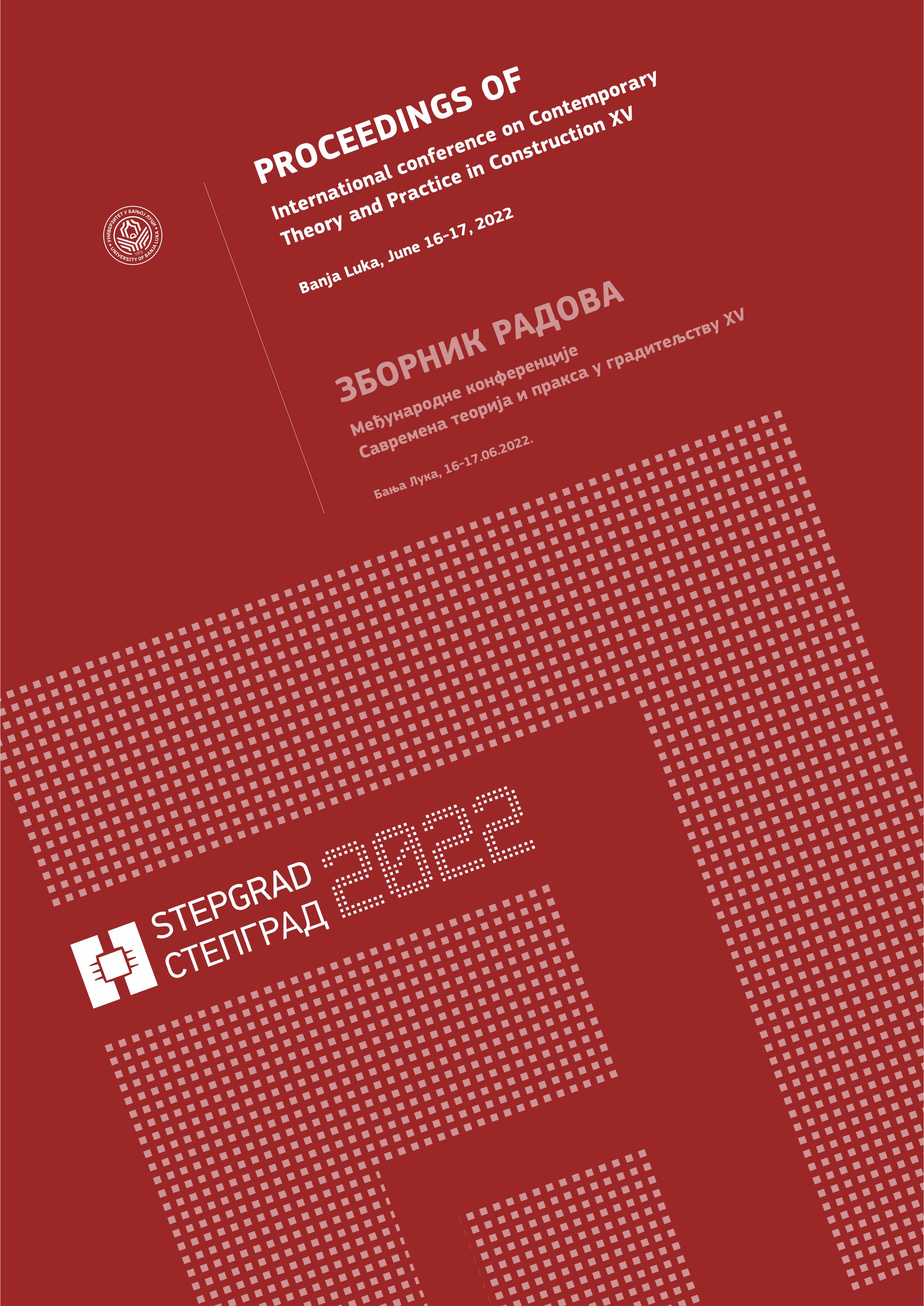GENDER DIFFERENTIATION OR EQUALITY IN TRANSPORT PROJECTS: CASE STUDY ROAD SECTOR MODERNIZATION IN THE FEDERATION OF BOSNIA AND HERZEGOVINA
DOI:
https://doi.org/10.7251/STP2215326JAbstract
Transport projects provide us with better, faster roads, save travel times, but also lead to occurrences of health and safety risks. Data shows that males are the group that are most affected by such risks. However, they become far less cooperative when confronted with this fact. At the same time, women are the group that is more likely to accept new methods or ideas concerning road projects. They are also more focused on road safety and concerned about associated community health and safety risks. Yet, women are far less involved in any kind of official interaction, and that is why their scope of interest is more likely to be neglected. The paper analyzes how transport projects affect differently women and men and presents recommendations to improve benefits for both genders.
References
N. Galea and M. Loosemore, “Men and conflict in the construction industry”, Proceedings of the 22nd Annual ARCOM Conference, Birmingham, 2006, pp. 843-850
The World Bank, Making Transport Work for Women and Men, Tools for Task Teams, Washington, D.C., 2010.
F. Smith. “Construction industry becoming increasingly gender-segregated, report finds.” The Guardian (2016) Internet: https://www.theguardian.com/sustainable-business/2016/dec/12/construction-industry-becoming-increasingly-gender-segregated-report-finds [January 20, 2022]
NiftyLift. “Gender diversity in the construction industry” Construction Global (2018) Internet: https://www.constructionglobal.com/mission-critical/gender-diversity-construction-industry [January 20, 2022]
United Nations, Report of the World Conference to Review and Appraise the Achievements of the United Nations Decade for Women: Equality, Development and Peace, New York, 1985.
UNECE, The Inland Transport Committee and gender issues in transport, Geneva, 2009.
The World Bank. (2015) “Project Appraisal Document on a loan to Bosnia and Herzegovina for the Federation Road Sector Modernization Project”, Available: http://documents.worldbank.org/curated/ en/578091470316881206/pdf/PAD1648-PAD-P152406-R2016-0146-1-Box396277B-OUO-9.pdf [January 15, 2022]
European Road Safety Observatory. (2016). “Traffic Safety Basic Facts 2016 – Gender.” Available: https://ec.europa.eu/transport/road_safety/sites/roadsafety/files/pdf/statistics/ dacota/bfs2016_gender.pdf [January 15, 2022]
IWA Country Classification. (2019). Available: https://iwa-network.org/wp-content/uploads/2019/01/ 2019-Country-Classification-Update-2018-08-06.pdf [January 20, 2022]
A. Powell, A. Bagilhole, A. Dainty and R. Neale, “Coping in construction: female students’ perspectives”, Proceedings of the 21st Annual ARCOM Conference, London, 2005, pp. 33-42.
“Overcoming gender stereotypes in the construction industry.” Breakwithanarchitect (2019). Internet: https://www.breakwithanarchitect.com/post/interview-overcoming-gender-stereotypes-in- the-construction-industry [January 15, 2022]

